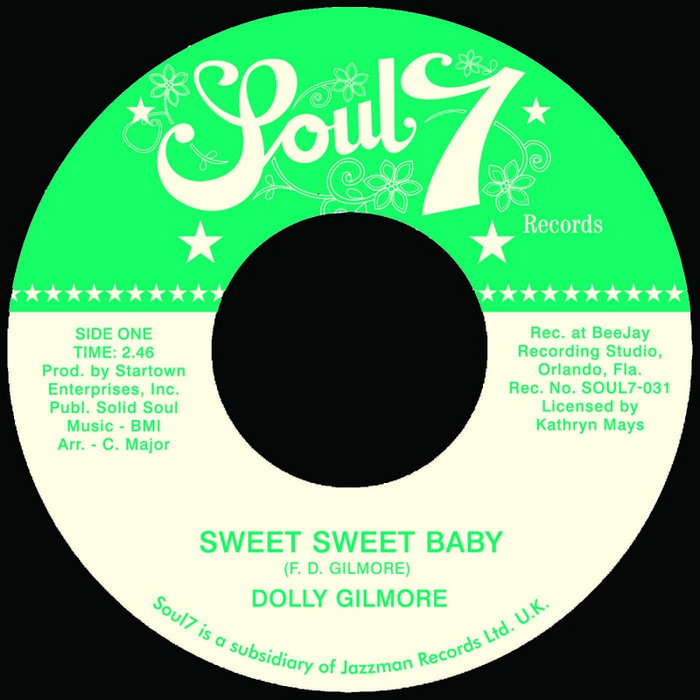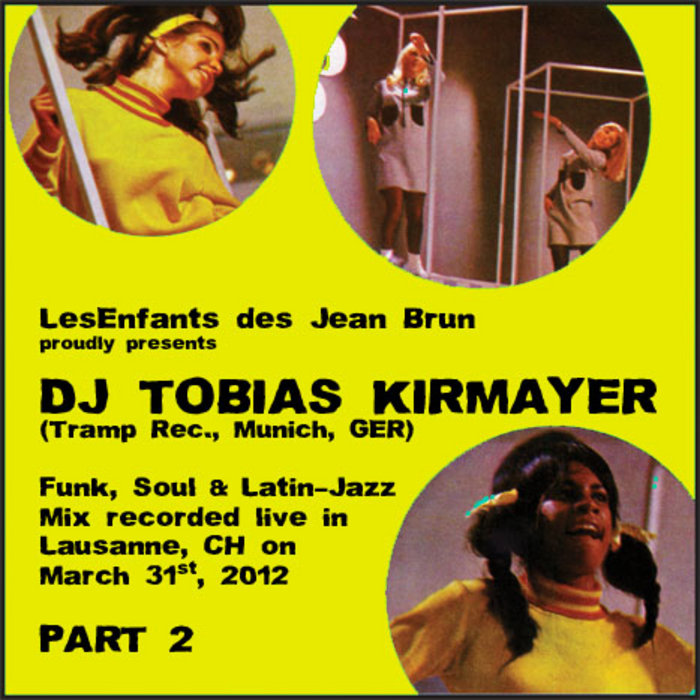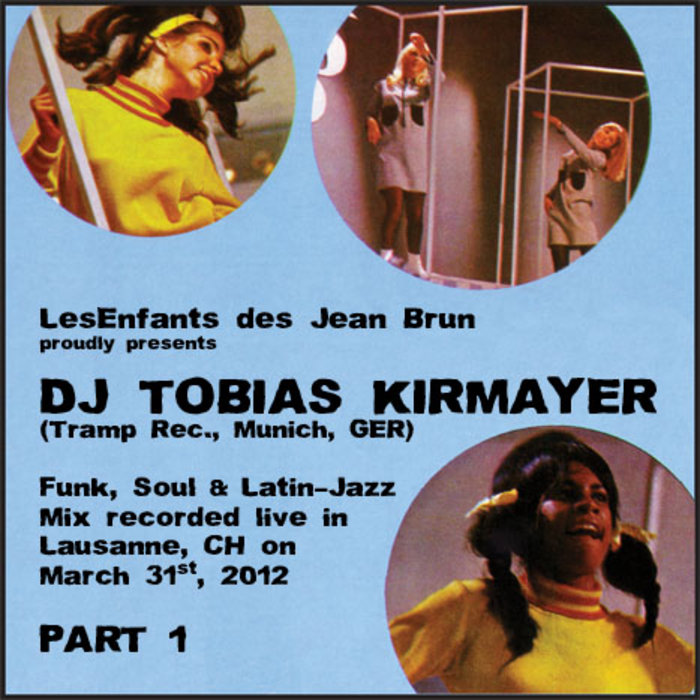
Sweet Sweet Baby / Dont You Know You're the Yes – Dolly Gilmore
this blog is GROOVY – check out great Soul, Funk, Jazz, Hip Hop, Bass, Breaks , Reggae, House n many more TUNES
Jazz. Just the word itself brings a swing to your step and a smile to your face. Born in the heart of America, this genre is more than just music; it’s an emotion, a vibe, and let’s be real—a whole lifestyle! Let’s dive into the funky history of jazz and discover some hilarious tidbits about its legendary players.
Our story begins in the vibrant streets of New Orleans around the late 19th century. Picture this: Creole rhythms, bluesy tunes, brass bands parading down Bourbon Street — it was a melting pot of cultures coming together like gumbo on a hot summer day! African American communities played a massive role in shaping what we now know as jazz by blending different musical traditions.
The sound started getting really popular in dance halls and clubs (hello, speakeasies!). Musicians like Louis Armstrong traded their troubles for trumpets, paving the way for future legends while making hearts skip with that infectious rhythm.
Louis Armstrong wasn’t just known for his incredible trumpet skills; he was also famous for his big smile! But did you know that before he became “Satchmo,” he had quite the reputation? As a kid, if someone teased him during performances or offstage shenanigans, he’d flash that grin so wide it could knock ‘em out—literally! Talk about using charm as your secret weapon!
Fast forward to the 1920s, often dubbed “The Roaring Twenties.” Jazz exploded onto national stages — everyone wanted in on that jazzy life! You had flappers dancing splendidly while Duke Ellington filled clubs with smooth sounds. People were grooving hard!
By World War II times came bebop—a more complex style led by virtuosos like Charlie Parker and Dizzy Gillespie who turned standard melodies upside down and inside out. If you didn’t leave feeling dizzy from all those notes bouncing around your eardrums—you weren’t doing it right!
Dizzy Gillespie loved playing tricks as much as he enjoyed playing tunes. One time during performance at Birdland (a famed club), he transformed his trumpet into a giant candy cane right before everyone’s eyes—just because why not? Nothing screams swingin’ like pulling silly pranks mid-jam session!
As jazz marched through decades cranked up with cool cats like Miles Davis flaunting “cool” styles — can we talk about those shades? His album Kind of Blue is still massively influential today because it grooves deep within our souls while giving us all serious vibes.
Then there was John Coltrane blowing minds alongside Herbie Hancock igniting fusion jazz fires Hot enough to melt faces off but leaving smiles instead!!
John Coltrane once attempted to order food at McDonald’s through song! That’s right; ol’ Trane thought it’d make someone’s day brighter by improvising his order with sax riffs instead of words – no one knew whether they should give him fries or call security!
And let’s not forget our ladies shining bright amidst all these legends! Ella Fitzgerald dazzled audiences worldwide with her stunning vocals (and perfect pitch)! Billie Holiday crooned heartfelt ballads tugging at everyone’s emotional strings. They laid foundation stones for generations ahead proving women belong firmly holding microphones without apologies made—it’s ALL glamor baby!!! ✨✨
Once upon an awards night back stage when Ella mistakenly thought she lost her coveted award trophy after an errant trip across unmarked stairs leading backstage chaos erupted leading only resulting thrilling panic but later found resting comfortably under seat cushions just waiting!! “No need ta worry,” she declared laughing aloud telling handlers next time…“don’t hide valuables!”
Jumping into today’s scene—a jazzy kaleidoscope emerges where genres blend seamlessly—hip-hop artists sampling Miles’ beats; indie rockers weaving clever improvisation… It seems jazz has become synonymous with creativity expanding beyond boundaries tethered once tight along establishment definitions crafted years ago embracing every glorious flavor humanity has birthed alongside music itself.
To wrap things up folks—the journey since New Orleans’ rhythm birth teaches us one timeless truth about life AND jam sessions too—they’re best shared between friends enjoying laughter warmth music freedom spills covers everything ever begins moves forward celebrating each moment verses written find joy constantly evolving groove far beyond mere notes scribbled onto sheets—all together generated sparkles makes soul shine bright!!
So next time you hear some sweet sax spilling over lounge floors swirling past strangers’ ears remember laughter echoes long live spirits flowing endlessly high—or lower depending on vibes needed kinda day want raise glasses raise voices shout loud until morning surprise brought born behind funky beat… live hip sway loving cool cats passing gone memories—that timeless sweet serenades remain ours forevermore!!!
Keep jazzy y’all 🤘🏼🌈

Sweet Sweet Baby / Dont You Know You're the Yes – Dolly Gilmore

**FREE DOWNLOAD** Funk/Soul/Latin-Jazz live mix Pt.2 – Tramp Rec.

**FREE DOWNLOAD** Funk/Soul/Latin-Jazz live mix – Tramp Rec.